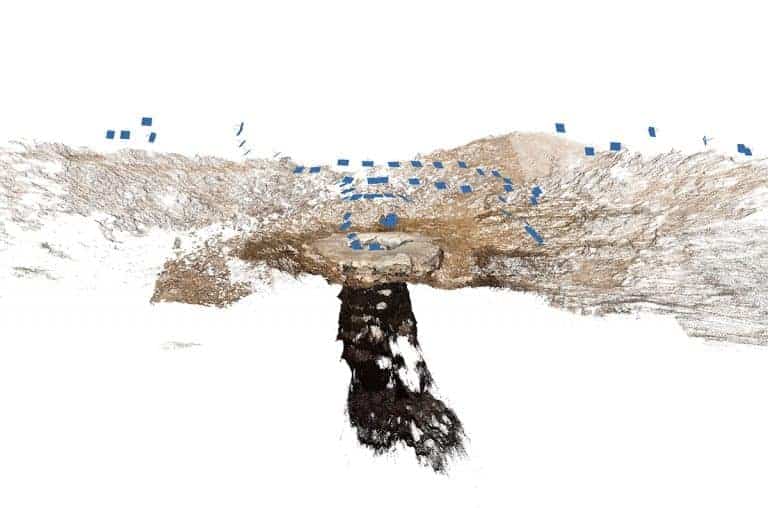Date of Incident
Location
Publication Date
Commissioned By
- The Village of al-Araqib
Additional Funding
Collaborators
- Zochrot
- Activestills
- Michael Sfard Law Office
- Carmel Pomerantz
- Association of Unrecognised Villages
- Negev Coexistence Forum for Civil Equality (NCF)
- Public Lab
Forums
Exhibitions
- Palestine from Above
- Agitation Co-op
- Forensic Architecture: True to Scale
- Focus: It Still Hurts at IDFA 2019
- Violence, Fast and Slow
- Violence, Fast and Slow
- Inservitude
- Vertiginous Data
- Ground Truth: Records of Dispossession, Destruction, and Return in the Naqab
- The Long Duration of a Split Second at Turner Prize 2018
- Ground Truth: Testimonies of Destruction and Return
- #WHATIF
- Counter Investigations
- Archaeology of the Present: Memory, Media, Matter
- Ground Truth: The al-Araqib Museum of Struggle
- The Future of Demonstration
- Fruit of Sleep at Sharjah Biennial 13
- Forensic Architecture: Hacia una Estética Investigativa
- Forensic Architecture: Towards an Investigative Aesthetics
- Forensic Architecture at Venice Architecture Biennale 2016
The village of al-Araqib in the northern Naqab desert has been demolished over 170 times over the past sixty years. Israeli authorities argue that the village did not exist prior to the 1948 establishment of the state of Israel, and that as such, the Bedouin villagers are trespassers, and their settlements illegal.
Since 2015, Forensic Architecture (FA) has worked alongside the families of al-Araqib to provide historical and juridical evidence not only to support their own claims to their land, but on behalf of communities throughout the illegalised Palestinian Bedouin villages at the northern threshold of the Naqab desert.
Forced displacement and illegalisation of these communities cuts them off from infrastructure and erases them from maps, while land works and afforestation transform their land, erasing and obscuring the material remains and evidence of their enduring inhabitation of the region.
Collaborating with local families, Zochrot, and PublicLab, FA analysed aerial photographs from 1945—three years before the creation of the state of Israel—and compared them with a contemporary ground level archaeological survey, as well as with contemporary aerial images taken from cameras suspended from kites (a process we term ‘community satellite’).
These comparisons helped us to establish the historical continuity of Bedouin inhabitation.
Through a process known as photogrammetry, we collate the results of those surveys into a navigable digital platform that documents not only expulsion and destruction but also the ongoing life and resistance of the community.
We intend for the platform to support a future legal petition by the al-Tūri family of al-Araqib, to be presented by human rights lawyer Michael Sfard and Carmel Pomerantz.
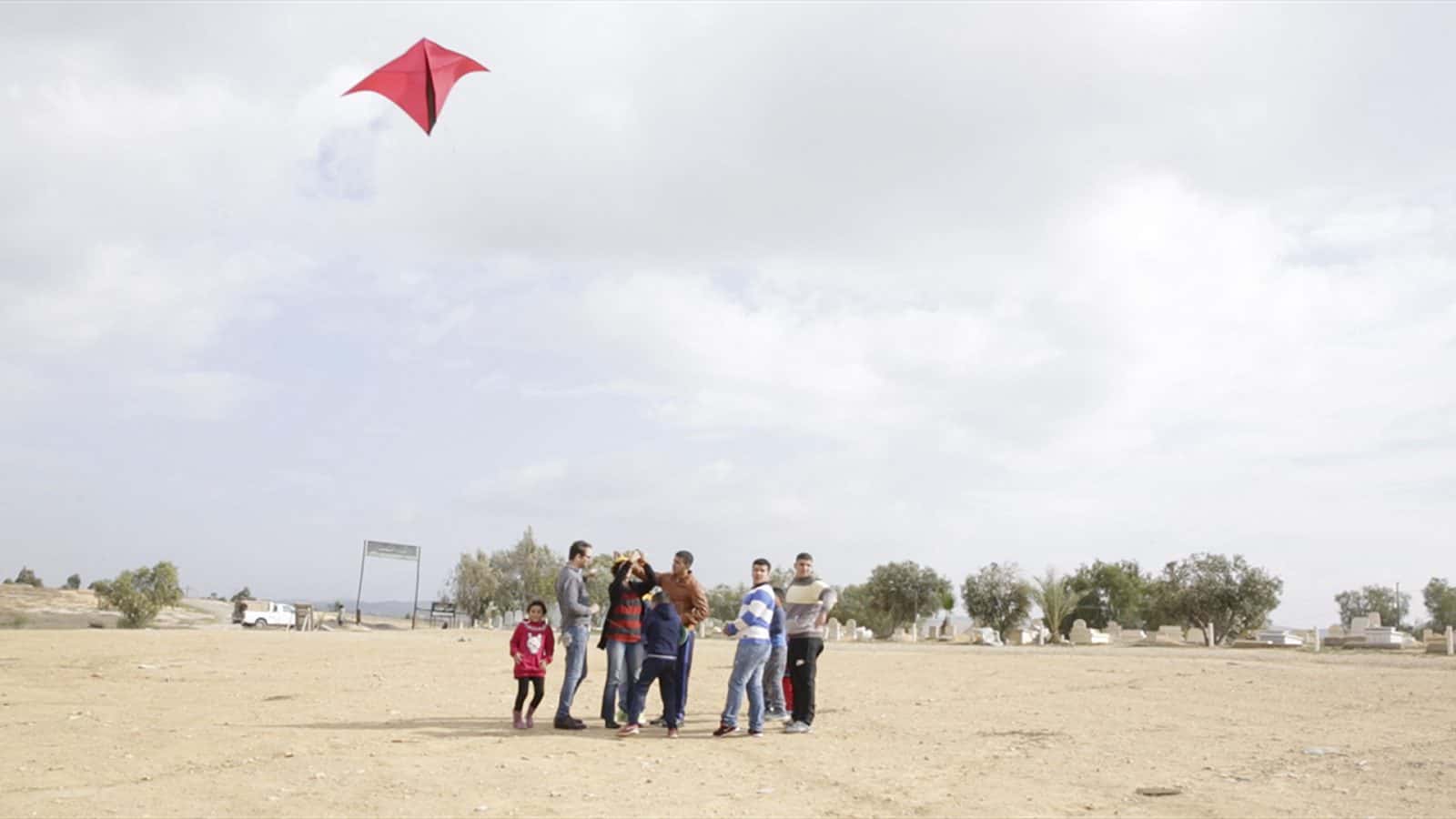
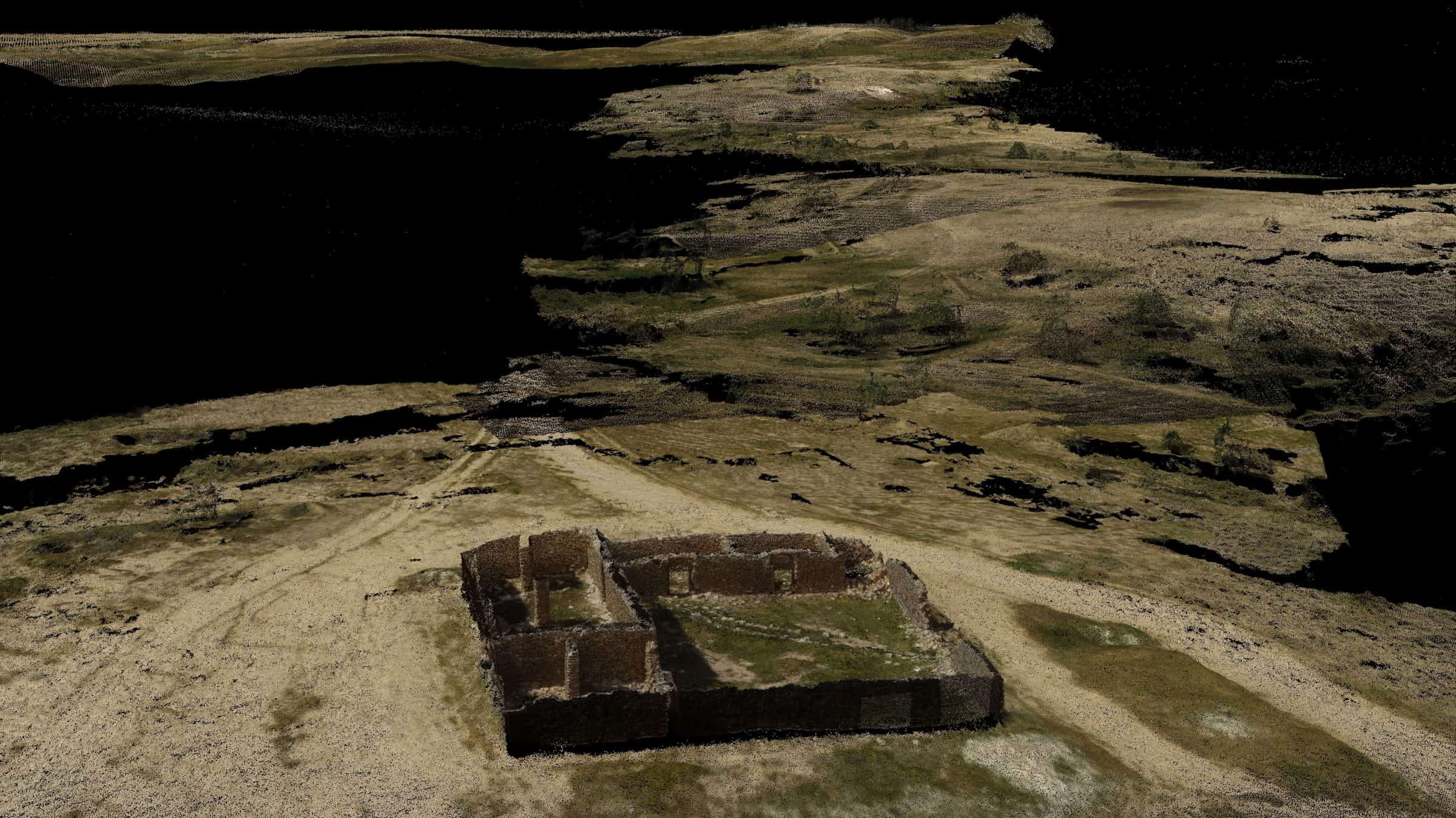
Update
 01.01.2016
01.01.2016
Together with the al-‘Araqib Popular Committee, other Bedouin organizations and the Israeli NGO Zochrot, FA took part in building and assembling an alternative civil forum entitled Ground Truth, curated by Debby Farber, Aziz al-Tūri and Nūri al-Uqbi.
The forum took place in a temporary structure outside the al-Tūri cemetery in al-Araqib. It involved spoken testimonies and the collection of documents, as well as the presentation of the final report of a related project by Zochrot, on ‘the ongoing Nakba of the Bedouin inhabitants of the Naqab’.
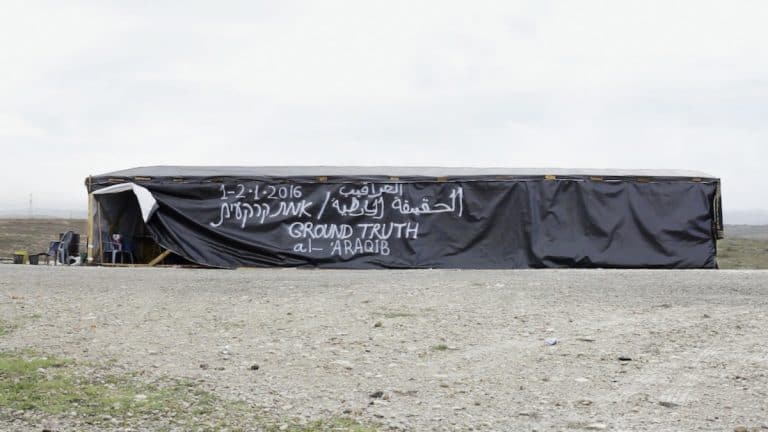
Update
 26.09.2018
26.09.2018
Update
 06.10.2021
06.10.2021
On 22 August 2021, our partners and collaborators, lawyers Carmel Pomerantz and Michael Sfard, submitted ‘summaries’ as part of the trial over the land dispute between the residents of the Palestinian Bedouin village of al-Araqib and the state of Israel. Just as it has with other places across Palestine, Israel denies that the land was ever owned by Palestinians or that it was ever the site of a village. Of particular relevance in this dispute was the cemetery. Working together with the al-Araqib villagers, we used testimonies, computerised historical and geographic databases, and old aerial photography to show that the area is and has been a permanent agrarian settlement and that the cemetery predates the state.
Methodology
Methodology
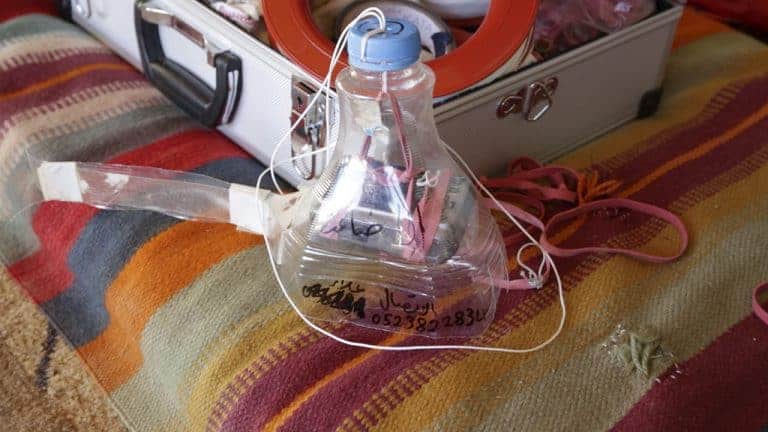
Based on methods developed by Public Lab we attach small, point-and-shoot cameras to basic single-line kites or helium-filled balloons. The camera is attached to the kite using a protective casing made of a plastic bottle (or a 3D-printed mount designed and made by Public Lab).
With the camera up in the air, we then walk the area we wish to photograph, pulling the kite or balloon behind us. The camera lens is set to a relatively wide angle, equivalent to a 20-35mm lens of a full-frame film camera.
The result is a set of hundreds, possibly thousands of low-altitude aerial images. The images are named and numbered consecutively, and have a accurate time and data information in their metadata. Recent models of such cameras also provide basic GPS information.
In order to turn these aerial images into a digital 3D terrain we used a computational process called photogrammetry. Photogrammetry is calculates accurate measurements for distance and movement by comparing several still photographs. Through a process of triangulation, taking into consideration focal length and other information extracted from the image metadata, ‘camera positions’ are located in 3D space, and each pixel within the images taken from those positions is similarly located within the 3D environment.
